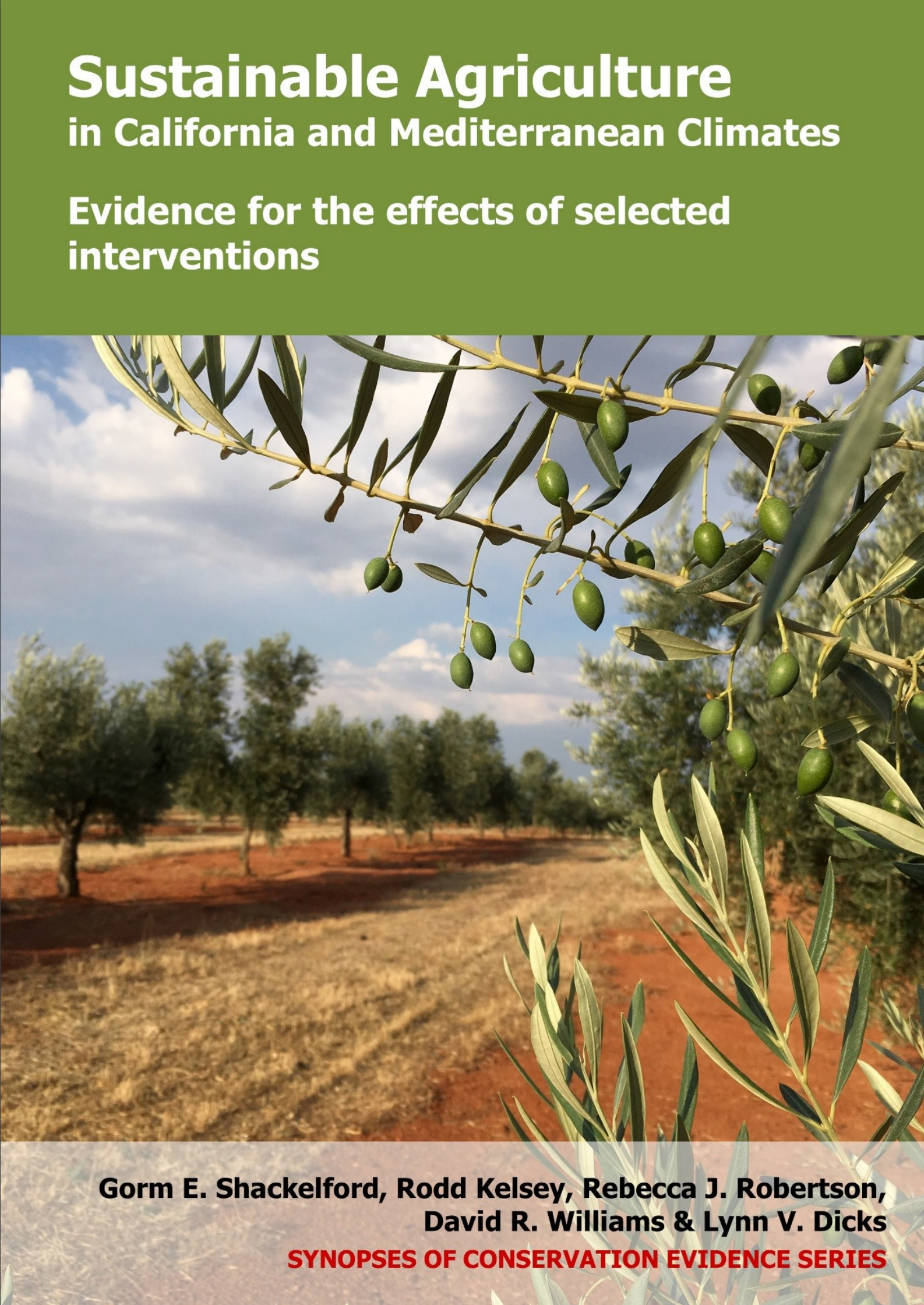Water: Use crop rotations
-
Overall effectiveness category Unknown effectiveness (limited evidence)
-
Number of studies: 4
View assessment score
Hide assessment score
How is the evidence assessed?
-
Effectiveness
20% -
Certainty
20% -
Harms
19%
Study locations
Supporting evidence from individual studies
A replicated, randomized, controlled study in 1999–2005 in a rainfed cereal field in northeast Spain found that wheat used water less efficiently in plots with crop rotations, compared to continuous wheat. Water use: Wheat used water less efficiently in plots with crop rotations, compared to continuous wheat, in two of four comparisons (7–8 vs 9 kg grain/mm water/ha), but there was not a significant difference in water-use efficiency in barley, with or without crop rotations (10–11 vs 9). Similar amounts of water were used by cereals, in plots with or without rotations (wheat phase: 335–345 vs 300 mm; barley phase: 288–297 vs 293 mm). Implementation options: There was no difference in the water-use efficiency of cereals between wheat-barley-rapeseed and wheat-barley-vetch rotations (wheat: 7.2 vs 7.5 kg grain/mm water/ha; barley: 10.3 vs 10.9). Methods: Continuous wheat (one plot), continuous barley (one plot), a wheat-barley-rapeseed Brassica napus rotation (one plot/phase), or a wheat-barley-vetch Vicia sativa rotation (one plot/phase) were grown in each of three blocks. Each plot was 50 x 8 m. Wheat and barley were sown in early November (450 seeds/m2). Vetch and rapeseed were sown in late September to early October (150 and 80 seeds seeds/m2, respectively). Fertilizer was used on all plots (except vetch phases) in January and February. Herbicide was used in all plots.
Study and other actions testedA replicated, randomized, controlled study in 2003–2005 in a rainfed winter wheat field in Central Anatolia, Turkey, found that wheat used water to produce grain more efficiently in plots with crop rotations, compared to continuous wheat, but there were inconsistent differences in soil water storage between plots with or without crop rotations. Water use: Wheat used water more efficiently in plots with crop rotations, compared to continuous wheat (5.4–9.4 vs 2.3 kg/ha/mm). Water availability: Less water was found in soils with crop rotations, compared to continuous wheat, in five of 30 comparisons (116–154 vs 150–167 mm), but more water was found in two of 30 comparisons (156–163 vs 125 mm). Methods: Wheat was grown continuously (three plots) or in rotation with one of five other phases (three plots each: winter lentil, chickpea, sunflower, spring lentil, or fallow). Each plot was 5 x 15 m. All plots were fertilized. Before the experiment, these rotations had been used for 21 years in this field. The wheat was harvested in July. Soil moisture was measured with a neutron probe (0–90 cm depth) and soil water storage was calculated from the change in soil moisture.
Study and other actions testedA replicated, randomized, controlled study in 2009–2010 in a rainfed wheat field in the Wongan Hills, Western Australia, found similar amounts of water in soils with a lupin-wheat sequence or a wheat-wheat sequence. Water availability: Similar amounts of water were found in soils with or without crop rotation (8.1–17% median water-filled pore space). Methods: Wheat or lupin Lupinus angustifolius was planted on six 150 m2 plots each, in June 2009. In June 2010, wheat was planted on all plots. Lime was added to half of the plots (3.5 t/ha). Different fertilizers were used on each crop (e.g., no nitrogen was used on lupin). No plots were tilled. Volumetric water content was measured with moisture probes (10 cm depth, in eight of 12 plots, every 30 minutes, for two years). Soil samples were collected every 7–14 days for two years (0–10 cm depth, eight samples/plot).
Study and other actions testedA replicated, randomized, controlled study in 2010–2011 in a rainfed field in Western Australia found similar amounts of water in soils with a canola-wheat sequence or a wheat-wheat sequence. Water availability: Similar amounts of water were found in soils with or without rotations (volumetric soil moisture content: 10–19% at 0–10 cm depth during the growing season in 2011; water content: 156–177 mm in 2011). Methods: Wheat or canola was grown on three plots each, in 2010, and wheat was grown on all plots in 2011. Each plot was 1.4 x 40 m. Fertilizer (150 kg/ha/year) and herbicide were used on all plots. Soil water was measured with a neutron moisture meter (10–150 cm depth, calibrated by measurements of gravimetric water content and bulk density at the same depths) in September 2010–December 2011.
Study and other actions tested
Where has this evidence come from?
List of journals searched by synopsis
All the journals searched for all synopses
This Action forms part of the Action Synopsis:
Mediterranean Farmland
Mediterranean Farmland - Published 2017
Mediterranean Farmland synopsis





)_2023.JPG)














